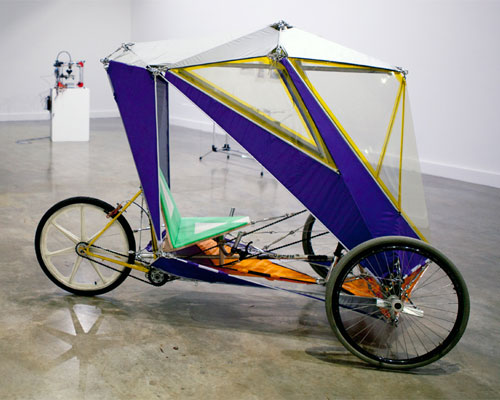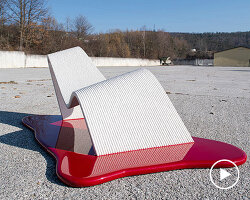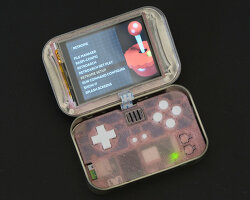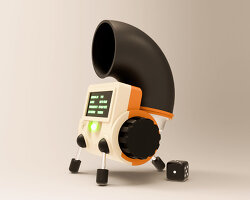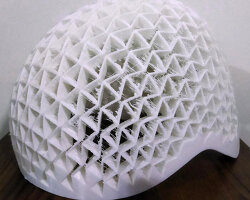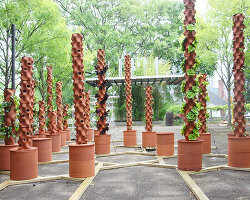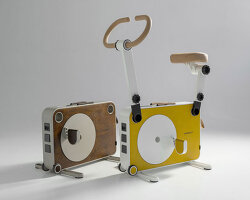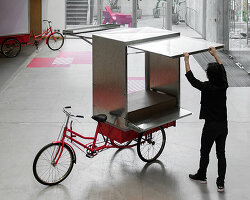mark richardson develops DIY fab velo from recycled waste
all images courtesy of mark richardson
developing a system of modular, reusable components for the ‘fab velo’, mark richardson seeks to facilitate the building of open products from waste materials. the project was undertaken at monash university art design & architecture in melbourne, through an investigation of DIY personal transport, domestic-scale production and reusability. given the inconsistency of waste in the supply chain, source materials often have disparate dimensional characteristics; but, in this case, with the aid of parametric 3D printed couplings, they were able to be incorporated into modular tensegrity structures.
‘fab velo’
video courtesy of mark richardson
the project takes the position that ‘product longevity’ can be achieved through modularity, where components are designed up-front for multiple lives and uses rather than as singular finite entities. to demonstrate this, the project focused on two primary design explorations — the fab velo velomobile (as a means of personal transport) and the temostruder 3D printer (as a means of its production) — and a third minor study explored the use of parts from the 3D printer to make an alternative product; in this case, the temo st-175 table. these were intended as meta-design ‘seeds’, or starting points around which an open infrastructure can be established for facilitating end-user contributions within the public domain. the prototypes are open for reinterpretation through end user contribution (the meta-design system is forthcoming).
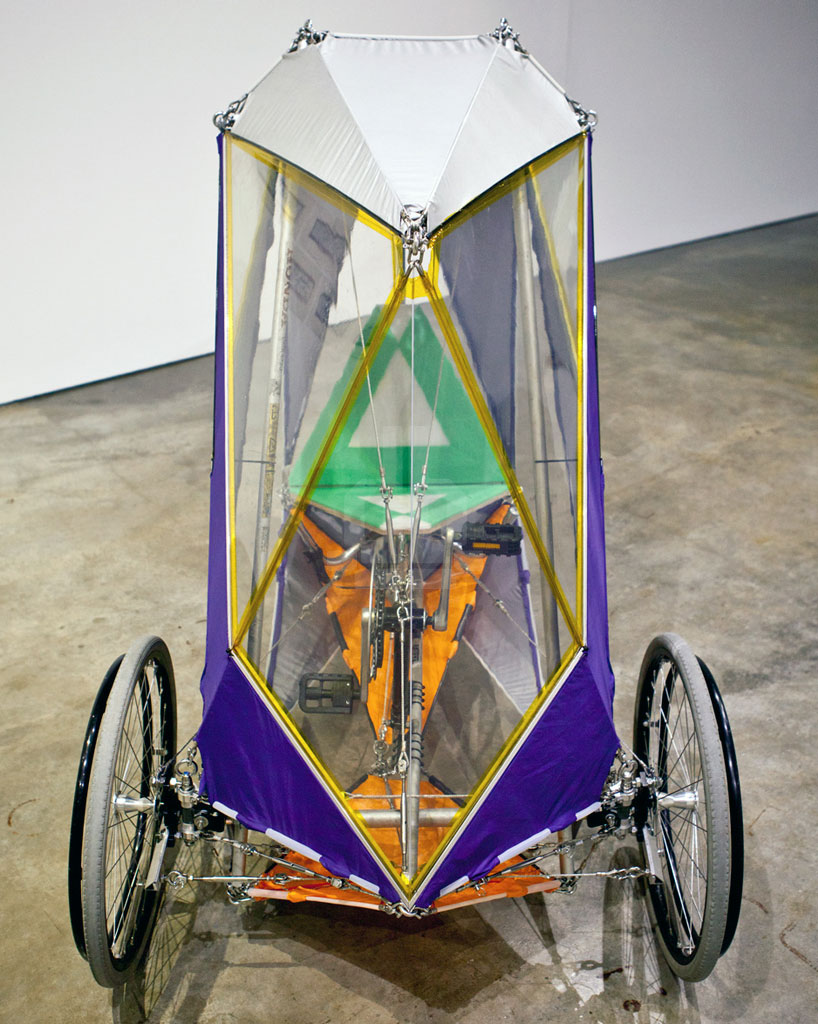
the design combines reused waste, off-the-shelf components and 3D printed couplings
two different coupling methods are used in the construction of the three products; the corner blocks of the temostruder and temo st-175, for instance, have been designed with built-in adaptability to accommodate a general set of frame components from six millimeters up to 25 millimeters, and the modular joiner components allow rod diameters from six millimeters up to 12 millimetres. the main components of the temostruder were sourced from discarded 2D printers, walking aids and production waste, and the temo st-175 bears whipper snipper shafts left over from the construction of the fab velo and a discarded glass shower screen.
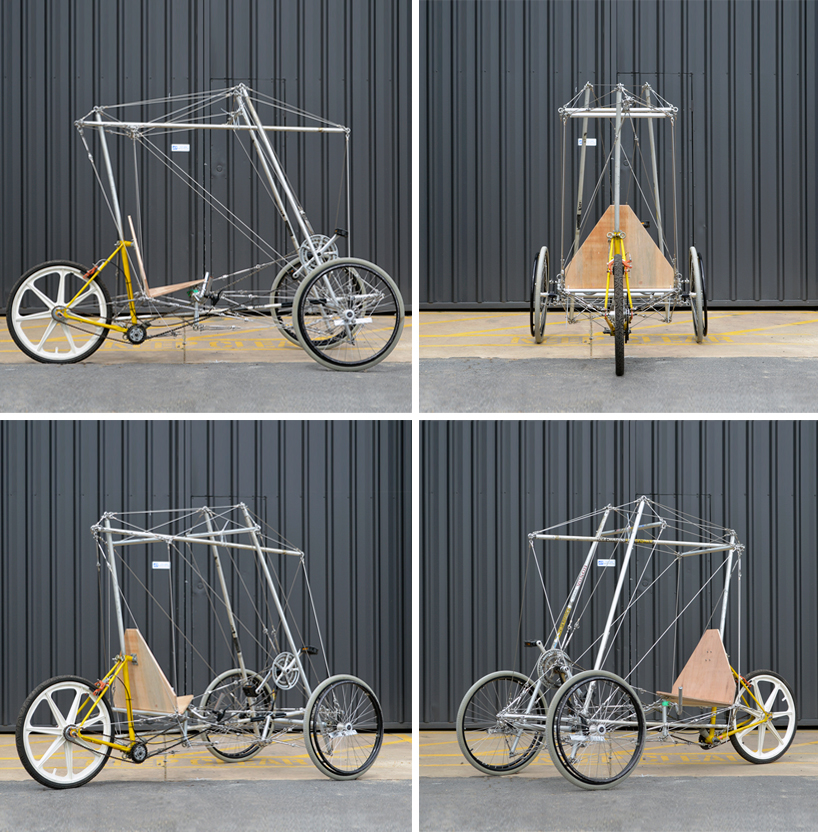
the tensegrity frame can be made with common houshold tools – the construction method requires no welding
in contrast, the ‘fab velo’ couplings are specific to the inner diameter of the tube in which they are fitted — demonstrating the advantage of 3D printing as an adaptable system of production. the end-user can measure the inner diameter of the tubes they have available to them, parametrically update the digital file, then 3D print only the quantity needed. these components dynamically match the difference between the inner diameter of the compression tubes and the outer diameter of the off-the-shelf m8 eye bolts used to attach the tensile wires. the main components were sourced from discarded whipper snippers, bikes, tents and a wheelchair.

the outer skin is made from discarded tents and fixed to the frame without the need for sewing
both methods facilitate upcycling in their different ways; given the disparate dimensional attributes of parts sourced from waste can be accounted for. the overall product system allows shape variation by lengthening and/or shortening the compression and tensile elements, and the dimensioning of these can be guided by open source parametric software.
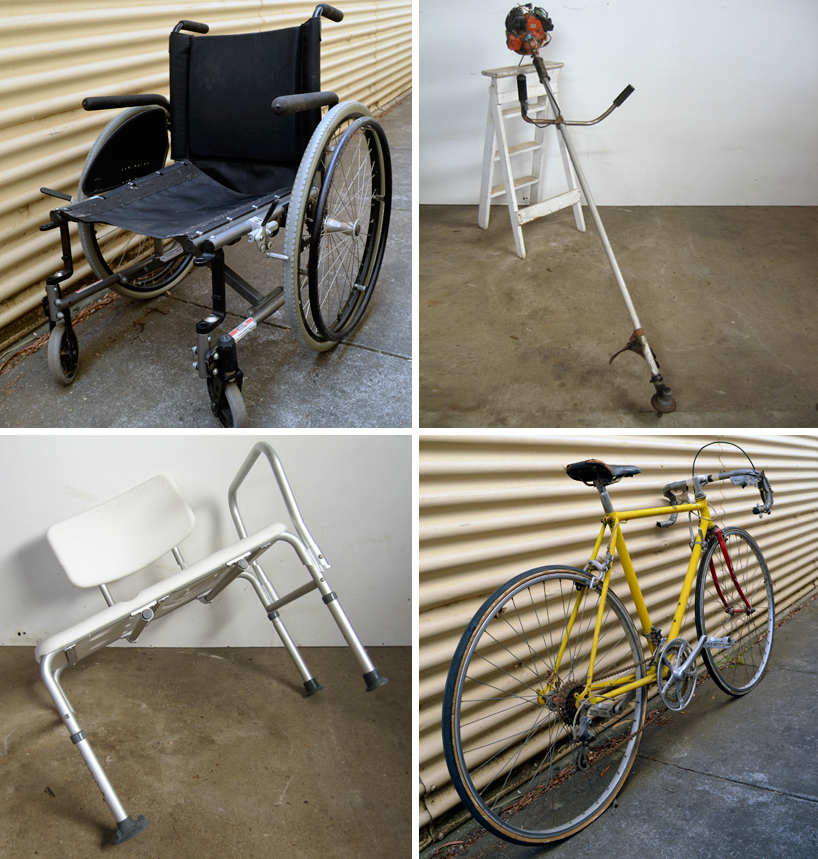
the frame reuses components from discarded whipper snippers, bikes, disability aids and a wheelchair

DIY tensegrity compression mast self-tensioning assembly

temostruder modular 3D printer used to make couplings for the fab velo

the design uses a series of modular components bolted or cable tied together within a tensional network

corner blocks hold the frame components in place, allowing varying dimensions to be accommodated
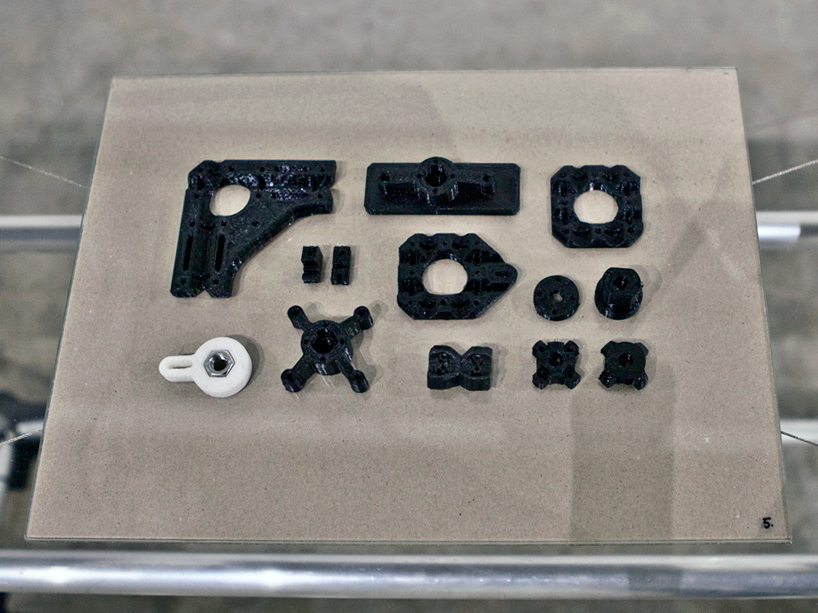
modular components provide multi-functional abilities

the temo ST-175 table demonstrates the modularity of the temostruder construction system
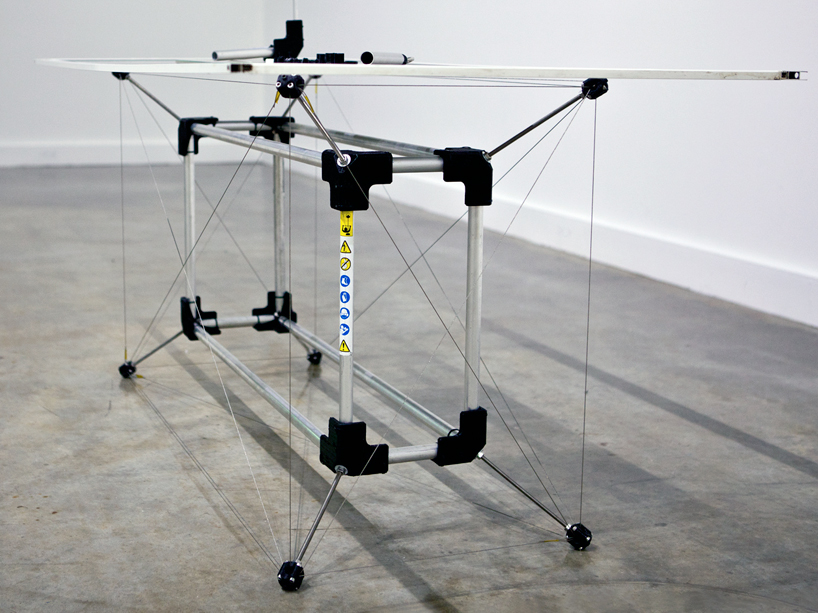
the table is made from discarded whipper snipper shafts and a glass shower screen
designboom has received this project from our ‘DIY submissions‘ feature, where we welcome our readers to submit their own work for publication. see more project submissions from our readers here.
